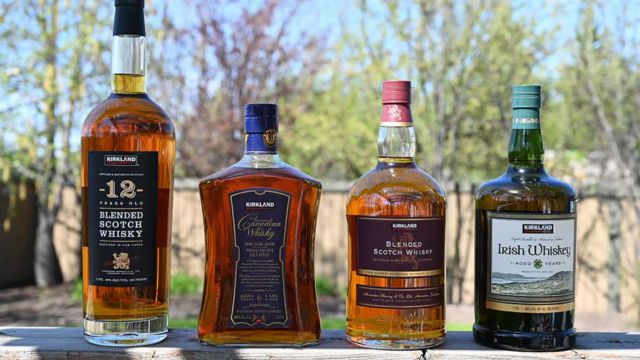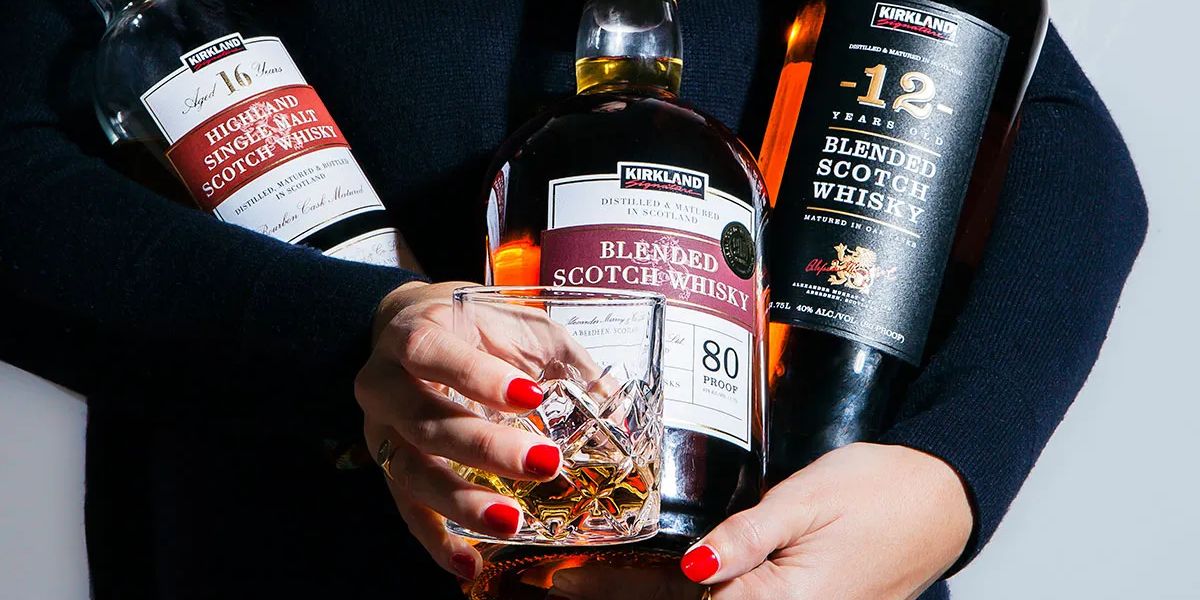Decanting provides an answer to the problem of naturally occurring sediment in wine. The presence of sediment in bottles of liqueurs, spirits, or mixed beverages, however, raises certain questions.
Inquiring about the safety of their pre-mixed Dirty Martini bottle and the build-up at the bottom, a Food & Wine reader recently wrote to us. Additionally, certain alcoholic beverages may eventually become hazy or include some “floaters.”
We consulted drink experts from coast to coast to get to the bottom of sediment in spirits and assess if they are a symptom of spoiling or perfectly safe to consume.
What does sediment mean, and how does it form?
Elvis Rosario, the beverage director at Chica & The Don in New York City, says that sediment in beverages is defined as the solid particles at the bottom of a bottle or glass.
Herbs, spices, sugar crystals, protein, oils (found in certain unfiltered whiskeys), tannins, dead yeast cells, fruit pulp or rind, and other biological or inorganic materials might all be the source. Milosz Cieslak, the beverage director at Hotel Figueroa in Los Angeles, believes that basically anything that “may not fully dissolve or integrate with the liquid.”
“As certain compounds settle over time, extended aging or storage periods may result in the formation of sediment,” he notes.

According to Darrick Bourgeois, lead bartender at Luogo and Pelato in Nashville, Tennessee, products like vodka, gin, and unaged tequila are valued for being devoid of insoluble components, thus you usually won’t notice sediment accumulating in them.
SEE MORE –
Amazing Offer! Costco Sells Top-Tier Single Malt Whiskey for Only $42
In the process of maturing, most whiskey producers pass their goods through a cold-filtering process that extracts the oil and char.
Speaking of robust taste and unfiltered cloudiness, Bourgeois notes that “some whiskeys are known for them.” These are charred pieces and oils from the real whiskey barrel that you are viewing. This can enrich the spirit with a multitude of tastes and subtleties.
Sediment often comes from flavorings, additives, or sugar that has accumulated in the bottom of the bottle in the case of some premade cocktails, such as many ready-to-drink alternatives currently available in supermarkets.
The head bartender at Figure Eight in New York City, Steve Martin, explains that sugar crystals remain in the bottom of a container because, over time, the particles sink and eventually unite and crystallize at a cold temperature. Conversely, pulp is most likely what remains when the sediment fails to crystallize. Consequently, the labeling of many bottled and tinned goods may advise shaking before serving.
Are sediments in mixed drinks or spirits safe to consume?
Sediment should not present a safety issue and the beverage should still be safe to drink, according to Cieslak, provided it has been manufactured, bottled, and kept correctly.
The creator and lead distiller of Pollinator Spirits in Callicoon, New York, Claire Marin, believes that anything with an ABV over 20% shouldn’t need to be refrigerated if the sole component is alcohol. Additional ingredients, including fruit or dairy mix-ins, might need to be refrigerated. Prior to storage, always heed the label.)
As per Rosario, “the increased alcohol percentage in these batch cocktails serves as a preservative, preventing the growth of any hazardous bacteria.”
Sometimes sediment may provide more taste and a layer of depth to your drink, even if it’s not always visually appealing.
How to avoid or get rid of silt.
Producers can use a variety of tactics, including filtration, clarifying, and the use of stabilizing chemicals, to lower the chance of sediment formation.
When the bottle is at home, according to Cieslak, minimizing sediment development over time may be achieved by keeping it out of direct sunlight, away from heat sources, and enclosed from extreme temperature changes.
Things like fruit pulp or herbs that appear to be sediment are often intentionally placed there. If the label says “shake the drink before serving,” make sure you read it carefully.
If sediment does appear at the bottom of your bottle and you would like to cover it up before serving, mixing drinks with crushed ice can assist.
Before serving, you may additionally pass the liquid through a cheesecloth, coffee filter, or fine-mesh strainer. Straining out some of the fruit, herbs, or other flavor-boosters that provide complexity to the final product might be more detrimental to the tastes than beneficial.
According to Bourgeois, “you have to consider that when determining whether or not you will enjoy your drink.”
You may safely consume your drink as long as it doesn’t smell too sour or vinegary, and it doesn’t seem to be discolored or show any obvious indications of spoiling (which can happen with beverages that include genuine fruit or dairy).
Consequently, if everything smells OK and you see any particles floating in or coating the bottom of a well sealed bottle of alcohol, it’s usually not a huge concern. Says Cieslak, “Live a little.” “Silt is all there is.”
